Shadows:
In the game's manual, the developer also discusses improvements in shadow and water quality under the DirectX 10 codepath – let's have a look at shadow quality first.DirectX 10 means much crisper shadow edges and, during our testing, we found that there were some areas where there are profound differences, but others where there isn't much of a difference at all. We'll start with a couple of screenshots where there is a difference.
The first pair of screenshots was taken in the Fontaine Fisheries level and the lighting in this particular scene is a single light source shining down from directly above.
Not only are the edges of the shadows much crisper, the edges of the objects are better defined – some of the detail on the DirectX 9.0c screenshot is lost as the shadows cast by the various objects above have, in some cases, blended together to become a single shadow. The other point to note in this first DirectX 10 screenshot is that as the shadow being cast is further away from the original light source, its edges become slightly softer.
When we looked up at the light source and examined where the light was being cast, we have to say that the DirectX 10 screenshot did appear to be more realistic. And before you ask, yes I did stand outside and check how the shadows were cast by the bit-tech HQ at sunset – call it research, if you will.
The screenshots above, while not an exact match, show off another area where a single light source produces a much crisper shadow as the silhouette on the wall is lit by a single light source just around the corner. This is typical behaviour for a single light source over the course of the game, but the differences aren't always this profound.
The shots above also serve as our first look at the differences between water under the SM3.0 and SM4.0 codepaths. There are some very small differences in water quality – the ripples on the DX10 water look slightly more random, but that could easily be put down to the disruption caused by the water splashing into the pool and the fact that the screenshots are not exact matches, so we'll look at water again later on.
Here's an example of shadows being affected by more than one light source. The primary light source is a single lantern under the stairs, but there are additional light sources on either side of the screenshot that affect the shadows' softness. I challenge you to highlight any profound differences in the shadow quality here, as I'm pushed to see any differences when flicking between the two screenshots repeatedly.
Those that were expecting massive differences in shadow quality with multiple light sources would be slightly naive, because once you introduce more than one light source, a shadow's edges are going to be much softer. In this respect, DirectX 9.0 already does a good job of creating the realistic-looking shadow and there's not much more that DirectX 10 needs to do.

MSI MPG Velox 100R Chassis Review
October 14 2021 | 15:04


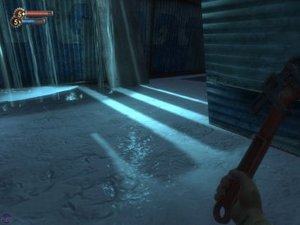
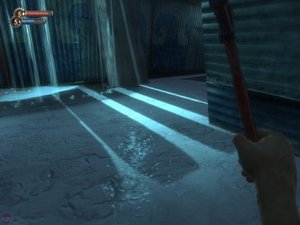
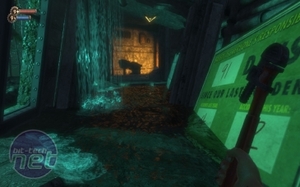
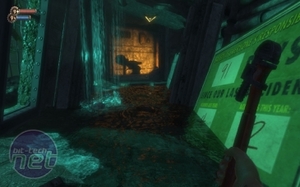

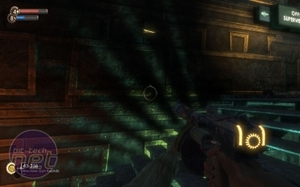








Want to comment? Please log in.